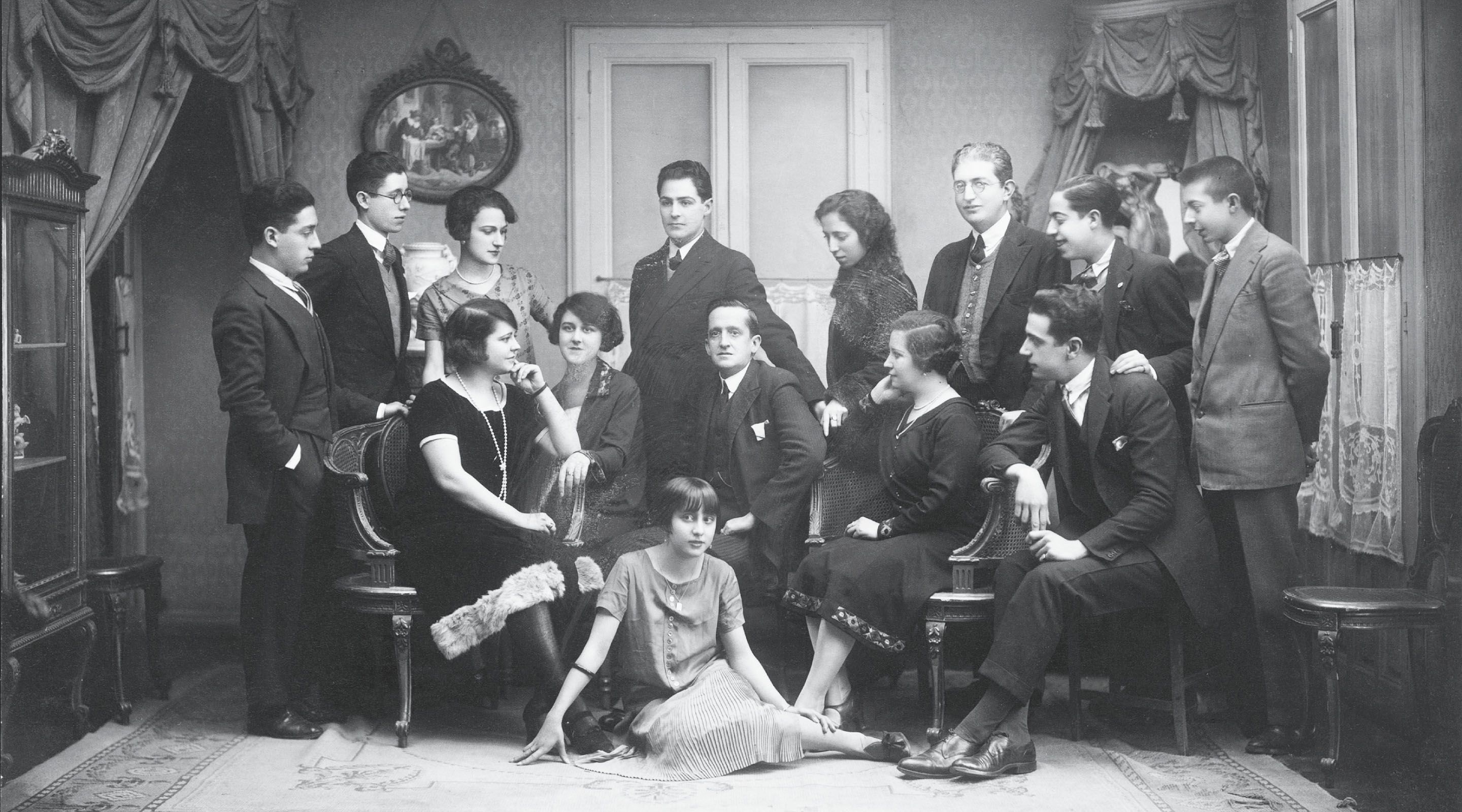
1930
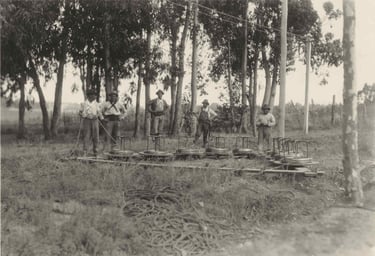
With 2,500 towns already connected, the telephone begins to become part of people's lives. Meanwhile, Pío Baroja inaugurates the Gran Vía library with a talk on the purpose of reading.
The beginnings of telemedicine
01
In August 1930, Telefónica brings together more than 200 doctors on the 13th floor of Gran Vía for a demonstration that seemed like science fiction. The table of honour in Madrid was chaired by senior CTNE officials and Dr Jiménez Díaz. All guests were provided with a headset to follow the experience. After a short delay due to storms at sea that made radio communication difficult, Dr. Montellano in Argentina placed his stethoscope, to which an amplifier had been attached, on the chests of several patients. A medical diagnosis could be made from Madrid, and it was correct, as corroborated by the Argentinian doctor, to everyone's astonishment. This event, worthy of admiration at the time, marks the beginning of telemedicine, which today, more advanced, allows remote operations to be performed thanks to 5G.
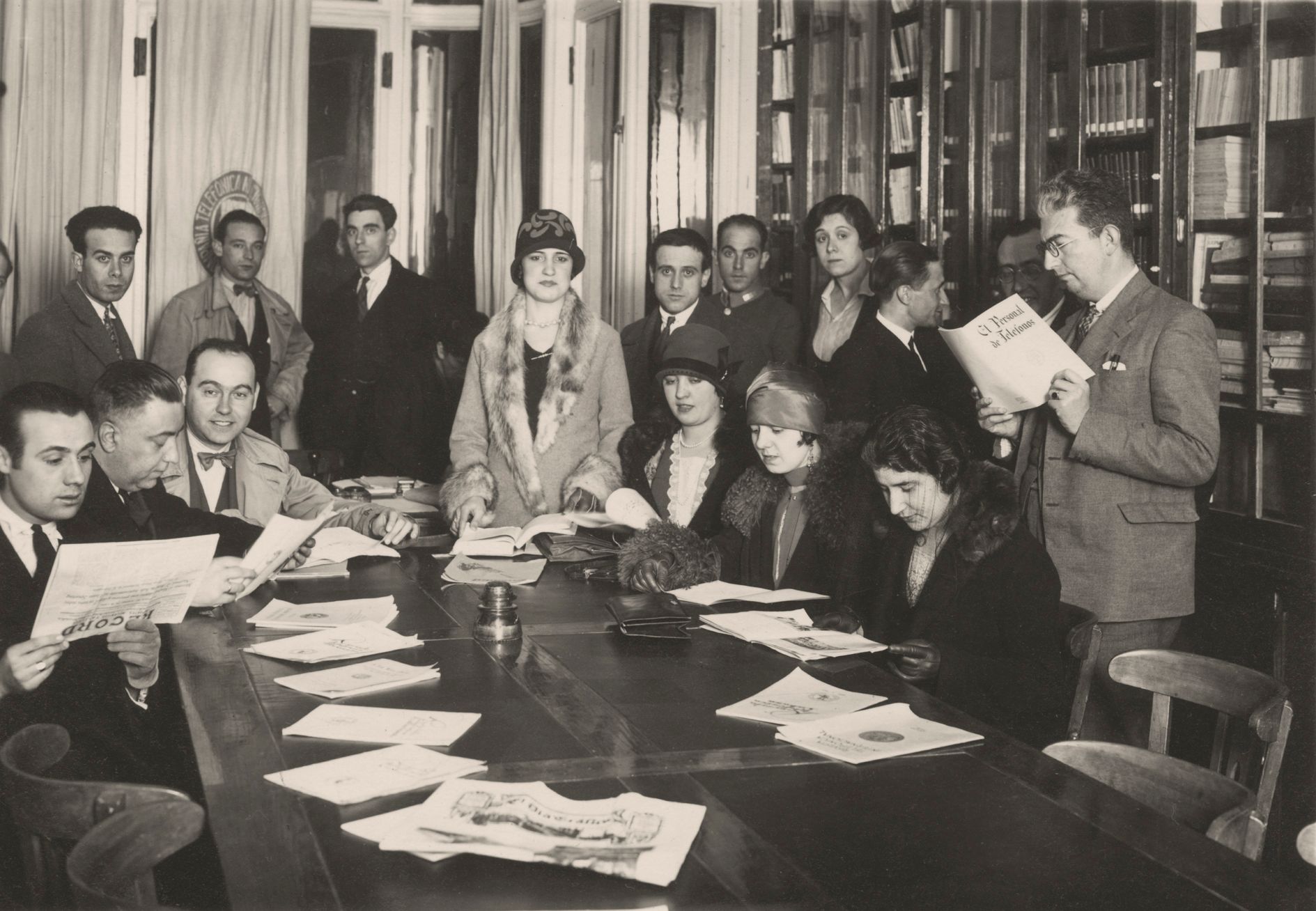
More than 2,500 towns now have a telephone
02
The 1929 crash ushered in a period of world economic depression, which manifested itself in Spain some time later, in addition to the fact that the national political situation was going through an unstable period as early as 1930. “Notwithstanding the special circumstances of public and economic order known to all”, says the 1930 Annual Report, “the company's activities show notable progress (...) and already 2,560 people, representing 50 per cent of the inhabitants of Spain, enjoy a telephone service”. And of the total number of telephones installed, 63.3% already have automatic service.
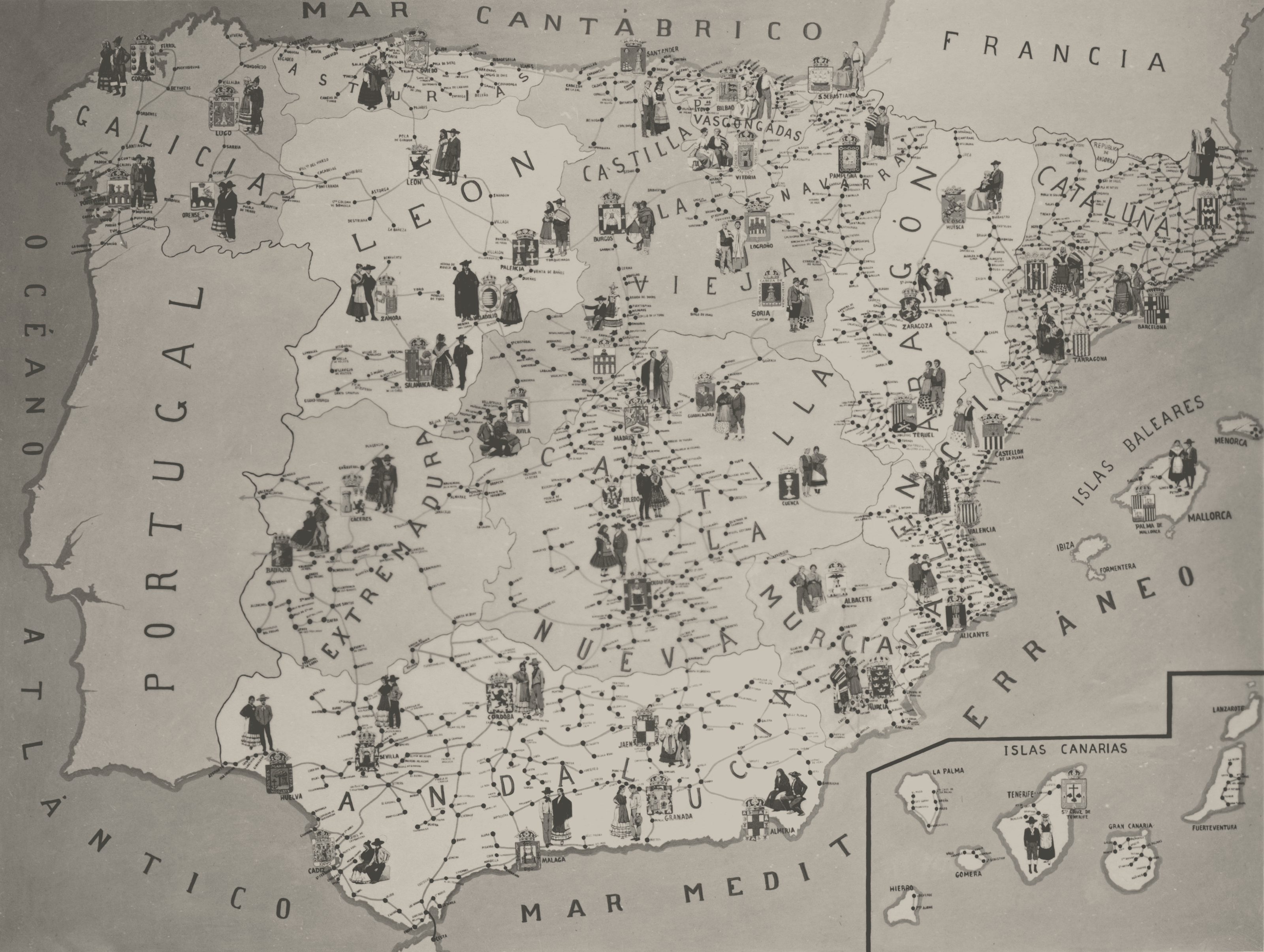
Pío Baroja inaugurates the Gran Vía 28 library
03
Today there are numerous and very interesting meetings in the Espacio Fundación Telefónica, with personalities from all fields. And this is not new. In 1930, on the 13th floor of the brand new building at Gran Vía 28, a library of the Cultural and Sports Association of Telefónica employees was inaugurated. It must have been important because to celebrate it an event was prepared with a masterly talk by the renowned writer Pío Baroja, entitled: "The theoretical and practical purposes of reading".
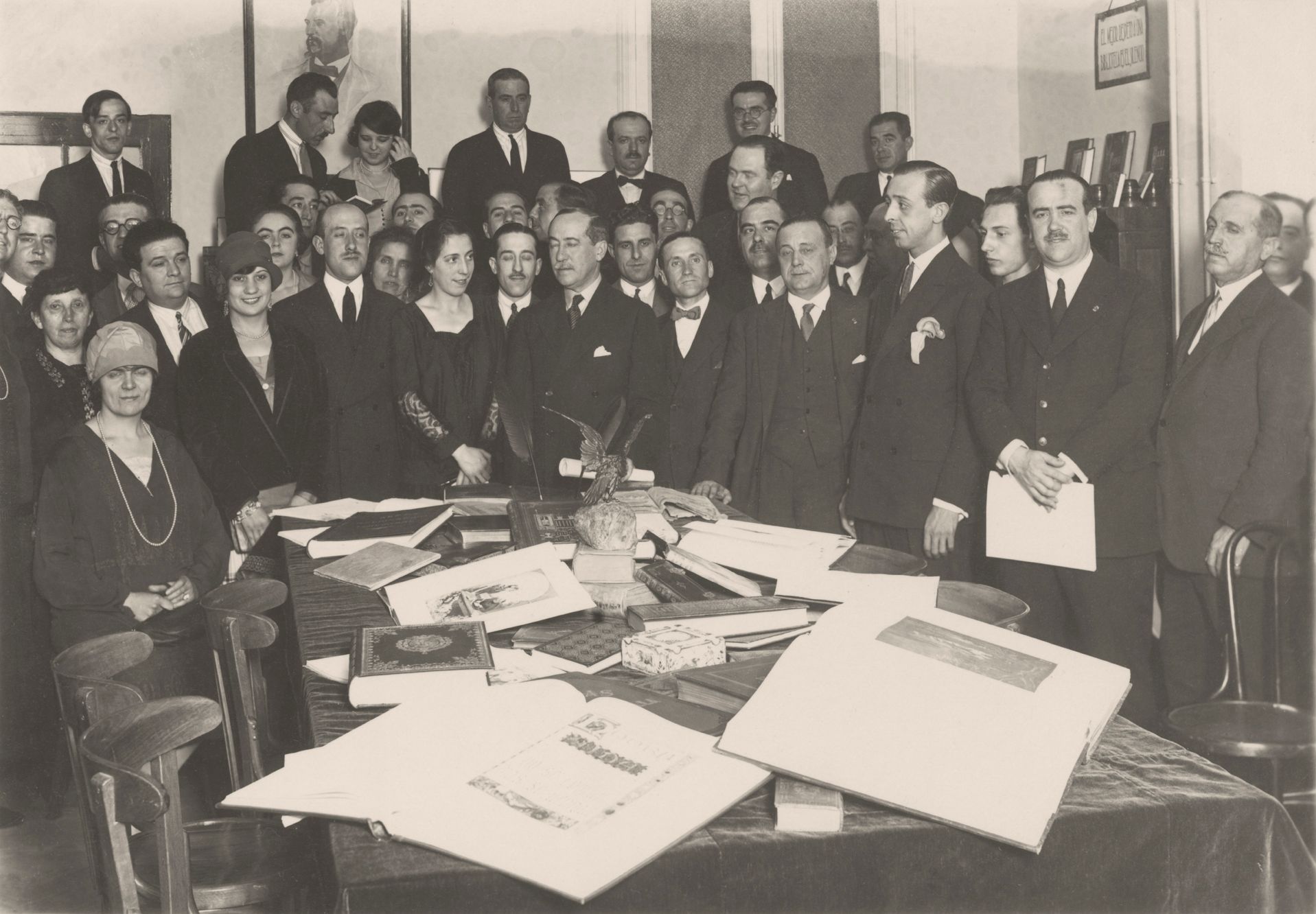
Do you have doubts about what happened?
Ask Aura